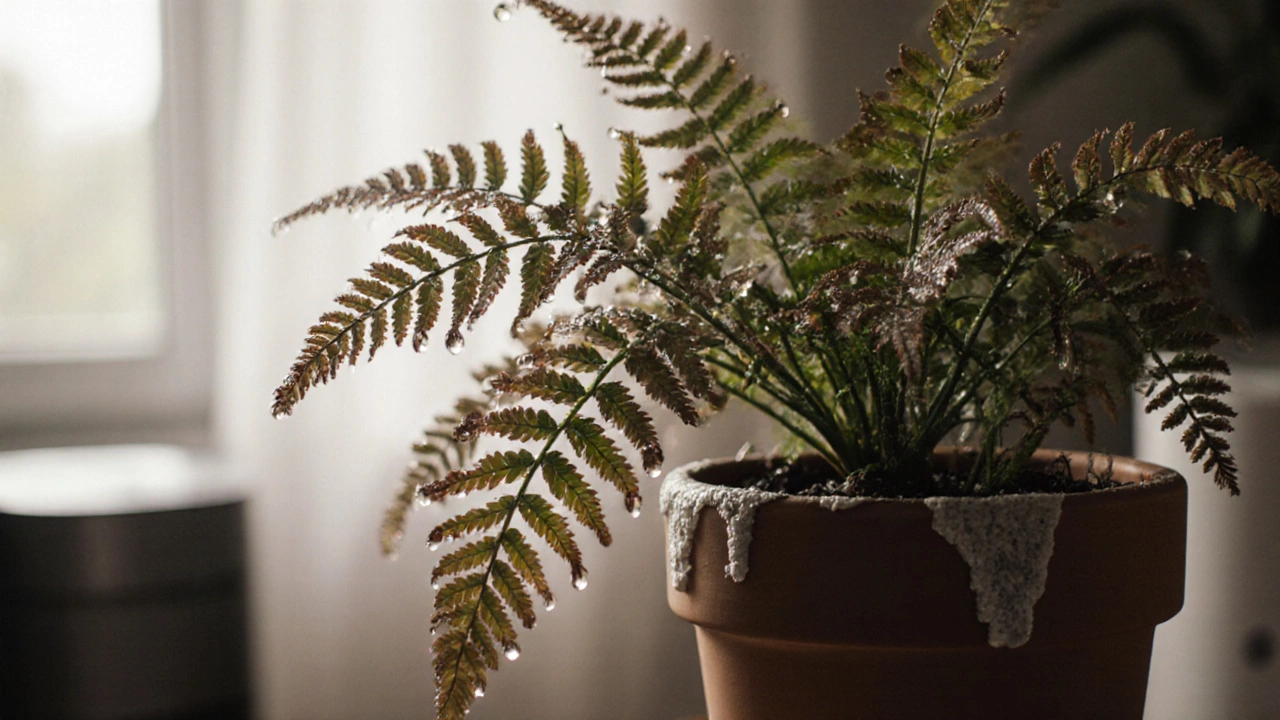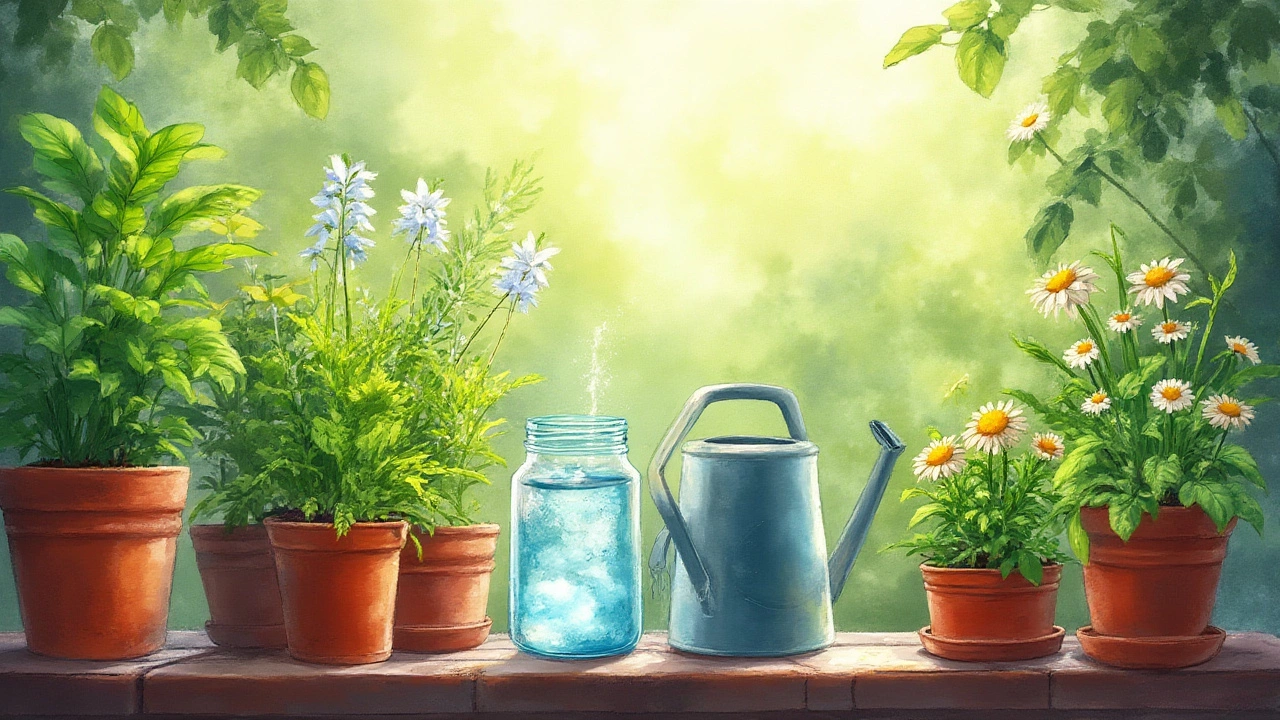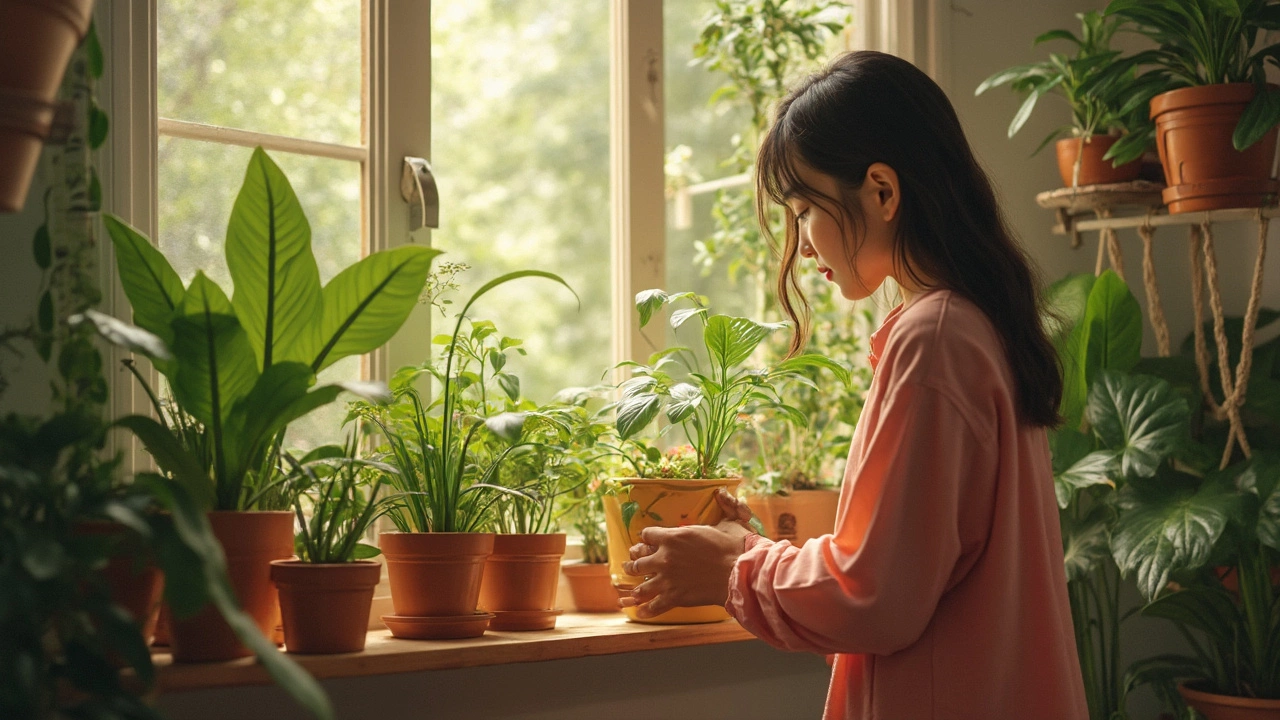Plant Watering Tips: Simple Ways to Keep Your Plants Happy
Water is the lifeline of every garden, but too much or too little can hurt your plants. Below are easy, proven tips that work for indoor pots, balcony beds, and big backyard gardens. Follow these steps and watch your green friends thrive.
How Often Should You Water?
Ask yourself: does the soil feel dry an inch down? If the answer is yes, it’s time to water. In most Indian climates, outdoor plants need a drink every 2‑3 days during summer and once a week in the cooler months. Indoor plants are a bit different – they usually ask for water once the top inch of soil dries out, which can be every 5‑7 days.
Temperature, wind, and pot size all play a role. Small pots dry out faster, so check them daily in hot weather. Large containers retain moisture longer, letting you wait a bit more. A quick finger test is the cheapest and most reliable method.
Never water on a rainy day unless the soil is still soggy. Over‑watering leads to root rot, a silent killer that shows up as yellowing leaves and a foul smell. If you’re unsure, water less and observe the plant’s response.
Smart Tools for Efficient Watering
Drip irrigation is a game‑changer for both big gardens and balcony boxes. A simple drip line releases water directly to the root zone, cutting waste by up to 70%. Install the line a few centimeters below the soil surface and set a timer for early morning or late evening – the cooler part of the day reduces evaporation.
If drip kits feel too technical, start with a soaker hose. Lay it around the base of your plants and let it soak for 15‑20 minutes. The slow release mimics natural rainfall and prevents water from running off.
For indoor lovers, a watering glob or self‑watering pot can keep soil moist for weeks. Fill the globe with water, insert it into the soil, and it will release just enough moisture as the plant needs it. No more guessing games.
Mulching is another low‑cost trick. Spread a thin layer of straw, compost, or coconut husk over the soil. Mulch locks in moisture, reduces weed growth, and adds organic matter as it breaks down. In hot Indian summers, a 2‑inch layer can cut watering frequency in half.
Seasonal adjustments matter too. During monsoon months, reduce or stop watering altogether unless the soil stays waterlogged. In winter, most plants enter a dormant phase and need less water – check the soil weekly instead of daily.
Remember, consistency beats occasional over‑watering. Set a reminder on your phone, keep a simple watering log, and stick to the schedule. Your plants will thank you with healthier growth, brighter leaves, and more blossoms.
Finally, observe and tweak. Every garden is unique, so what works for a neighbor might need tweaking for yours. Look for signs – wilted leaves, dry soil, or mushy roots – and adjust accordingly. With these straightforward plant watering tips, you’ll master the art of giving just the right amount of water, every time.
Can You Use Tap Water to Mist Indoor Plants?
Tap water may seem harmless for misting indoor plants, but chlorine and minerals can damage sensitive species. Learn which plants are at risk and what water to use instead for healthier growth.
How Long to Let Tap Water Sit Before Watering Plants for Healthy Growth
Not sure if you need to let tap water sit before watering your plants? Here's how timing and water quality affect plant health, plus practical tips.
How Often Should I Water Houseplants? Practical Indoor Plant Care Tips
Struggling to figure out how often your houseplants need water? Here's a guide that cuts through confusing advice and focuses on what actually matters for healthy indoor plants. Get practical tips, learn what signals to watch for, and find out why one schedule doesn’t fit all. You'll also see some common mistakes, plus surprising facts that seasoned plant lovers swear by. Whether you’re a plant newbie or have a full-blown indoor jungle, this is for you.
About
Indoor Plant Care
Latest Posts
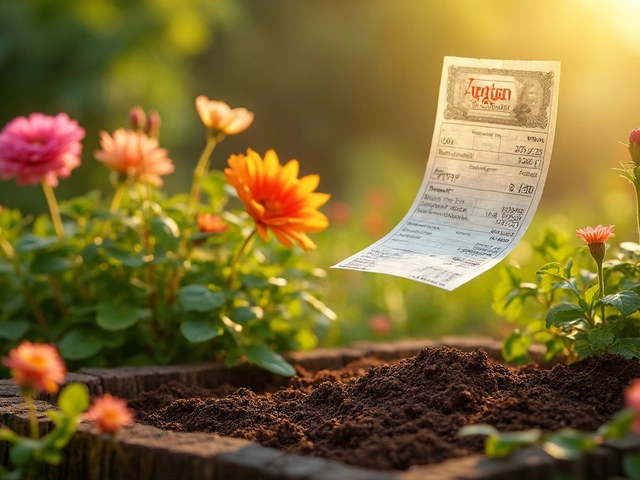
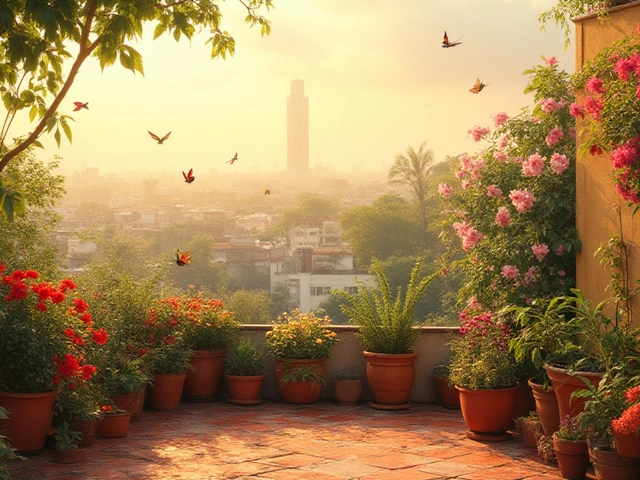
Best Plants for Indian Summer: Top Choices for Surviving Heat & Drought
By Alden Thorne Jul 9, 2025
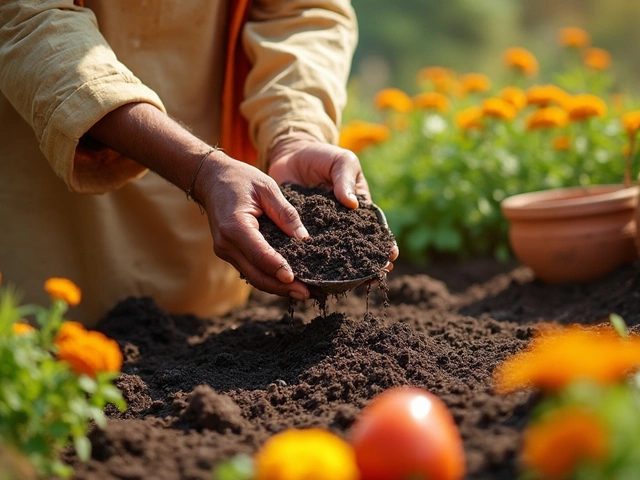
Bulk Up Garden Soil: Real Ways to Make Your Dirt Work Harder
By Alden Thorne Jun 16, 2025
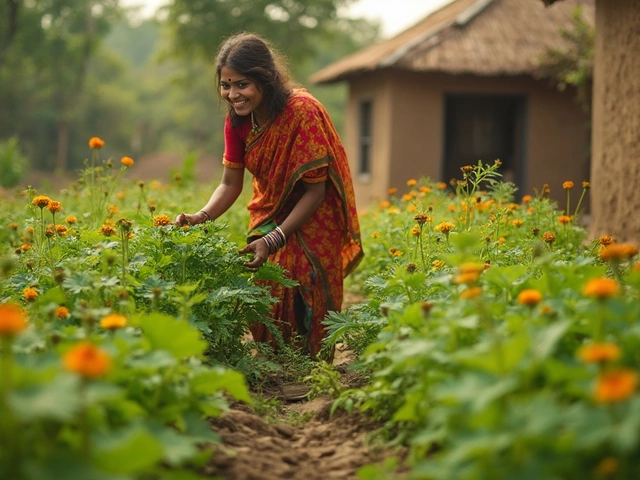
Vegetables Native to India: What Every Gardener Should Know
By Alden Thorne May 27, 2025

